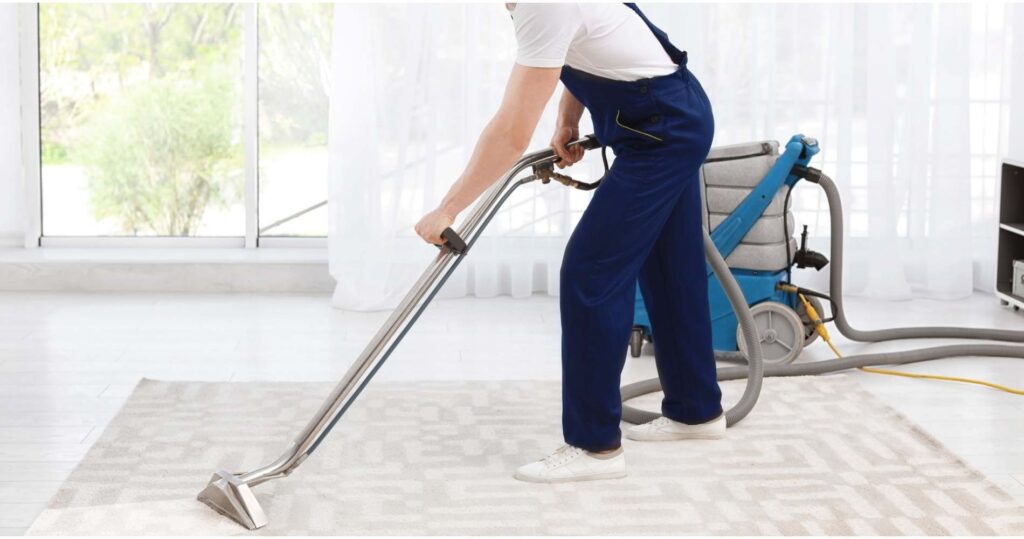Choosing the right wheelchair is a critical choice that significantly influences an individual’s daily life and portability. For those seeking feather-light freedom, lightweight wheelchairs are a popular and practical decision. Nonetheless, navigating the myriad choices available requires careful consideration of various factors to guarantee the chose wheelchair aligns seamlessly with the client’s necessities and inclinations. Here are key factors to keep in mind when selecting a lightweight wheelchair for a liberating and comfortable experience: The defining feature of a lightweight wheelchairs is its diminished weight compared to standard models. Think about the heaviness of the actual wheelchair, as well as the ease with which it tends to be lifted and transported.
Portability is in many cases a crucial factor for wheelchair clients. Evaluate the folding mechanism of the wheelchair, considering how easily it tends to be collapsed and unfurled. A wheelchair with an easy to use folding plan enhances comfort for transportation and storage. The material of the wheelchair frame impacts both weight and durability. Normal materials include aluminum, titanium, and carbon fiber. Aluminum is lightweight and savvy, titanium offers a balance of solidarity and diminished weight, while carbon fiber is exceptionally lightweight however will in general come at a greater expense. Wheel configuration determines the maneuverability of the wheelchair. Rear-wheel, mid-wheel, and front-wheel drive configurations offer different turning radii and performance characteristics.

A wheelchair that offers adjustable features allows for customization to the client’s particular requirements. Search for adjustable parts like seat level, ottomans, and armrests. This guarantees a personalized fit, enhancing both solace and functionality. The components of the seat, including width and profundity, straightforwardly impact client solace. Pick a wheelchair with appropriately measured seats to accommodate the client comfortably. Additionally, think about features like ergonomic backrests and cushioning for enhanced solace during delayed use. Consider the typical terrain where the wheelchair will be utilized. A few lightweight wheelchairs are more qualified for smooth indoor surfaces, while others are intended to handle harsh outside terrain.
A few models also offer power-assist choices for added comfort. Establishing a spending plan is essential in the choice cycle. Lightweight wheelchairs come in various cost ranges, and determining a financial plan helps narrow down choices while ensuring a balance among features and affordability. Search out audits from clients with similar requirements and counsel healthcare professionals for recommendations. Real-world encounters give valuable insights into the performance, durability, and client satisfaction of explicit lightweight wheelchairs models. Choosing a lightweight wheelchair is a personal and empowering choice. By considering these key factors, individuals and caregivers can navigate the choice cycle with certainty, ultimately enhancing the client’s freedom, solace, and versatility.
In the present privacy-cognizant world, Artificial Pee has arisen as a dubious yet significant device for people looking for privacy in personal tests and screenings. Here . . .
In the vibrant community of Fredericksburg, VA, residents take pride in their homes and invest in maintaining the beauty and cleanliness of their living spaces. . . .





